When your HVAC system fails at 2 AM on the hottest night of the year, or your furnace stops working during a Houston cold snap, you need more than just a repair service you need a rapid response team that understands the urgency of your situation. HVAC emergencies don’t follow business hours, and neither should your repair service. Understanding what constitutes an emergency, knowing the immediate steps to take, and having a reliable 24/7 HVAC emergency repair service on speed dial can mean the difference between a minor inconvenience and major property damage or health risks.
Recognizing True HVAC Emergencies vs. Regular Repairs
Not every HVAC issue requires emergency service, but recognizing the difference can save you money and prevent unnecessary panic. True HVAC emergencies pose immediate risks to your safety, health, or property. These situations demand immediate professional intervention, regardless of the time or day.
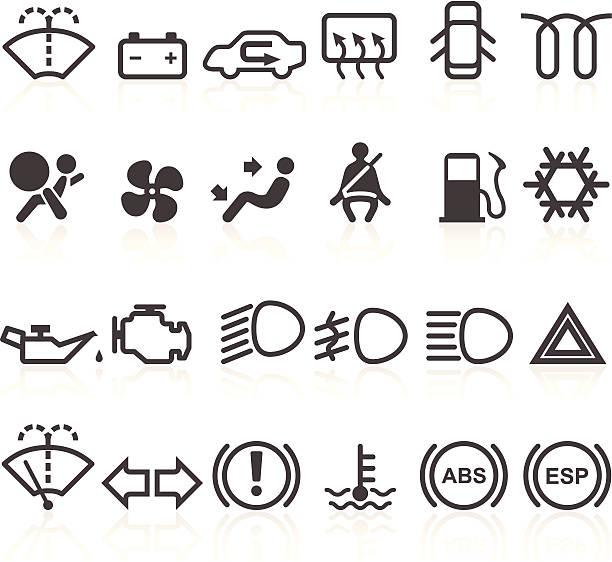
Critical Emergency Situations
Complete system failure during extreme weather conditions tops the list of HVAC emergencies. When temperatures soar above 95°F or drop below freezing, a non-functioning system isn’t just uncomfortable it’s dangerous. According to the CDC, extreme heat causes over 700 deaths annually in the United States, with elderly residents and young children being particularly vulnerable.
Gas leaks represent another critical emergency requiring immediate attention. If you smell gas near your furnace or hear hissing sounds from gas lines, evacuate immediately and call both your gas company and an emergency HVAC technician. Natural gas leaks cause approximately 17 fatalities and 68 injuries each year, making swift action essential.
Electrical issues within your HVAC system, including burning smells, visible sparks, or frequently tripping breakers, constitute emergencies that can lead to fires. The National Fire Protection Association reports that heating equipment is involved in one of every seven home fires, emphasizing the importance of immediate professional intervention.
Urgent But Non-Emergency Issues
Some problems, while requiring prompt attention, may not necessitate middle-of-the-night service calls. These include:
- Unusual noises without complete system failure
- Reduced cooling or heating efficiency
- Water leaks without flooding risk
- Thermostat malfunctions with partial system operation
- Ice formation on outdoor units during mild weather
Immediate Steps to Take During HVAC System Failure
When your HVAC system fails unexpectedly, your immediate response can minimize damage and potentially restore partial functionality while awaiting professional help. Taking the right steps also ensures technician safety and speeds up the repair process.
Safety First: Initial Assessment
Before touching anything, conduct a visual and sensory assessment of your system. Look for obvious signs of damage, listen for unusual sounds, and check for any unusual odors. If you detect gas odors or see electrical sparking, evacuate immediately and call emergency services from a safe location.
Check your thermostat settings first surprisingly, incorrect settings cause about 25% of perceived emergencies. Ensure the system is set to the correct mode (heat or cool) and that the temperature setting is appropriate. Replace thermostat batteries if the display is blank or dim.
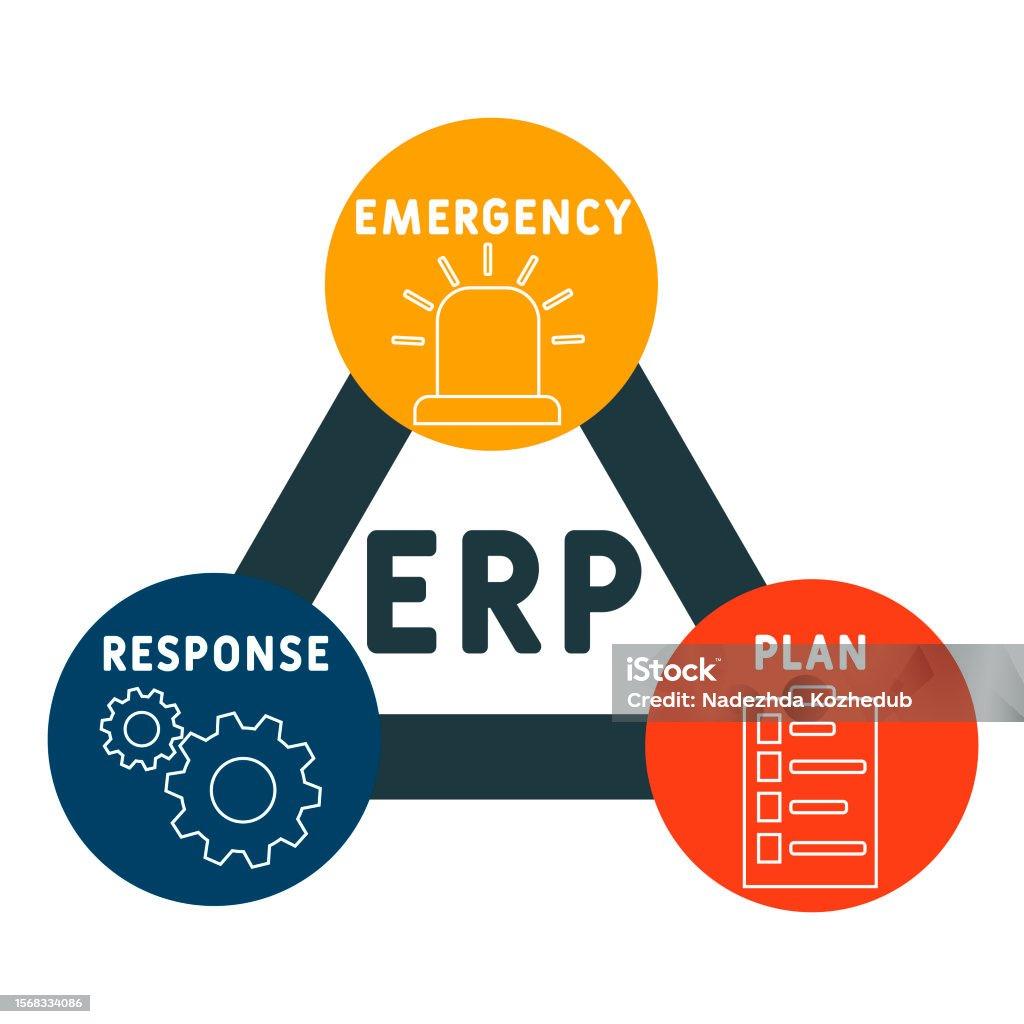
System Shutdown and Reset Procedures
If initial checks reveal no immediate dangers, attempt a system reset. Turn off your HVAC system at the thermostat, then locate your electrical panel and flip the breaker controlling your HVAC system. Wait five minutes before restoring power this allows the system’s internal components to fully reset.
Check your air filter next. A severely clogged filter can cause system shutdown as a safety measure. Industry data shows that 82% of HVAC failures stem from lack of maintenance, with dirty filters being the leading cause. If your filter looks like a gray carpet, replace it immediately.
Documenting the Problem
While waiting for emergency repair, document everything you observe. Note when the problem started, any unusual sounds or smells, and what you were doing when the system failed. Take photos of error codes on your thermostat, visible damage, or unusual ice formation. This information helps technicians diagnose problems quickly, potentially saving hours of troubleshooting time.
Common Causes of Emergency HVAC Failures
Understanding why HVAC systems fail helps homeowners recognize warning signs and potentially prevent emergencies. Most emergency failures don’t happen suddenly they’re often the culmination of ignored warning signs and deferred maintenance.
Mechanical Component Failures
Compressor failure ranks as the most expensive and disruptive HVAC emergency. Compressors typically last 10-15 years, but inadequate maintenance can halve their lifespan. Warning signs include hard starting, unusual humming sounds, and frequent cycling. When compressors fail completely, especially during peak season, replacement can take days if parts aren’t readily available.
Blower motor failures create immediate comfort and air quality issues. These motors run continuously when your system operates, accumulating thousands of hours annually. Regular lubrication and cleaning can extend motor life significantly, but once bearings fail, emergency replacement becomes necessary.
Electrical System Breakdowns
Capacitors, the components that provide the electrical boost to start motors, fail frequently in hot climates like Houston. High temperatures degrade capacitor internals, leading to sudden failure. A failed capacitor prevents your system from starting, creating an emergency during extreme weather.
Control board failures, while less common, create complex emergencies. Modern HVAC systems rely on sophisticated electronics that coordinate all system functions. Power surges, moisture, and age can damage these boards, resulting in complete system failure or erratic operation.
Refrigerant-Related Emergencies
Refrigerant leaks develop slowly but can create emergency situations when they reach critical levels. Low refrigerant causes systems to work harder, potentially damaging compressors and creating ice dams that block airflow. EPA regulations make refrigerant handling complex, requiring certified technicians for any repairs.
Why 24/7 Emergency HVAC Service Matters in Houston
Houston’s climate creates unique challenges that make round-the-clock HVAC service essential. With average summer highs exceeding 94°F and humidity levels regularly above 75%, a failed air conditioning system quickly transforms homes into uninhabitable spaces.
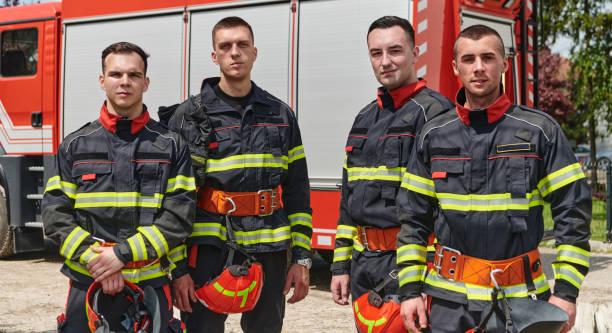
Climate-Specific Challenges
Houston experiences over 100 days annually with temperatures above 90°F, creating sustained stress on HVAC systems. This prolonged operational demand increases failure rates, particularly during heat waves when systems run continuously. Emergency services become critical when multiple systems fail simultaneously, straining repair resources.
Humidity compounds temperature challenges, making 85°F feel like 95°F. High humidity also promotes mold growth when systems fail, potentially creating health hazards within 24-48 hours. Professional emergency response prevents these secondary problems from developing.
The True Cost of Delayed Repairs
Waiting until regular business hours for HVAC repairs can cost far more than emergency service fees. Hotels for a family of four average $150-200 nightly in Houston. Add meal costs from inability to cook, potential food spoilage, and lost productivity, and emergency repair becomes economically sensible.
Property damage from delayed repairs multiplies costs exponentially. Frozen pipes from heating failures can cause thousands in water damage. Excessive heat damages electronics, furniture finishes, and can even affect structural elements like hardwood floors. Insurance may not cover damage from delayed maintenance response.
What to Expect from Professional Emergency HVAC Services
Professional emergency HVAC services operate differently from standard repairs. Understanding the process helps homeowners prepare and ensures efficient service delivery when every minute counts.
Response Times and Availability
True 24/7 emergency services maintain dedicated on-call technicians, not answering services that simply take messages. Professional emergency HVAC teams typically guarantee response within 60-90 minutes for critical situations. This rapid response requires significant infrastructure, including stocked service vehicles and technician availability.
Emergency services prioritize calls based on severity. Life-threatening situations like gas leaks receive immediate response, while comfort-related issues may wait slightly longer during peak demand periods. Clear communication about your situation ensures appropriate prioritization.
Emergency Repair vs. Temporary Solutions
Emergency technicians focus first on safety and basic functionality restoration. This might mean temporary repairs to restore cooling or heating while scheduling comprehensive repairs during regular hours. For example, a failed compressor might receive a hard-start kit as a temporary measure, buying time for proper replacement.
Professional emergency services carry extensive parts inventory, enabling immediate repairs for common failures. However, specialized components may require ordering, necessitating temporary solutions. Experienced technicians explain options clearly, helping homeowners make informed decisions under stressful conditions.
Preventive Measures to Avoid HVAC Emergencies
While emergency services provide crucial support, prevention remains the best strategy. Regular maintenance and attention to warning signs can prevent up to 75% of emergency failures, according to industry data.
Essential Maintenance Tasks
Monthly filter changes or cleanings represent the simplest yet most effective preventive measure. Set calendar reminders or use smart filters that alert when replacement is needed. This single task prevents numerous emergency scenarios and extends system life significantly.
Biannual professional maintenance catches problems before they become emergencies. Spring AC tune-ups prepare systems for summer stress, while fall heating inspections ensure winter readiness. These services typically include:
- Comprehensive electrical connection testing
- Refrigerant level verification and leak testing
- Coil cleaning and efficiency optimization
- Moving parts lubrication
- Condensate drain clearing
- Safety control verification
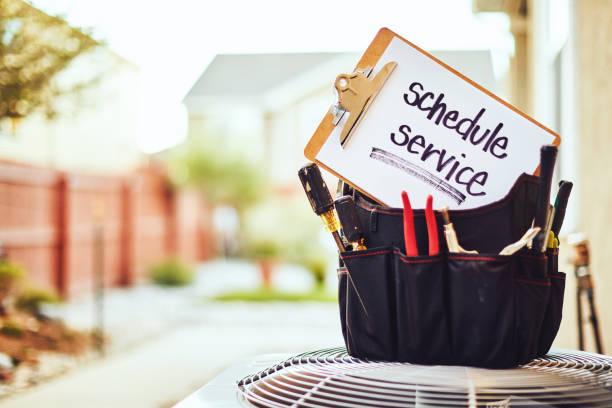
Warning Signs Never to Ignore
Certain symptoms indicate impending failure, providing opportunities for prevention. Unusual noises, particularly grinding, squealing, or banging, suggest mechanical issues requiring immediate attention. Ignoring these sounds typically results in emergency failures within days or weeks.
Frequent cycling, where systems turn on and off repeatedly, indicates problems that will worsen rapidly. This behavior stresses components, accelerating wear and increasing failure probability. Similarly, unusual odors, particularly burning smells or mustiness, demand immediate investigation.
Cost Considerations for Emergency HVAC Repairs
Emergency HVAC repairs typically cost 1.5 to 3 times standard rates, reflecting the immediate response and after-hours service. Understanding cost structures helps homeowners budget appropriately and avoid surprise expenses during stressful situations.
Typical Emergency Service Pricing
Emergency service calls generally include a diagnostic fee ranging from $150-300, higher than the standard $75-150 during business hours. This fee covers immediate response, regardless of repair needs. Labor rates increase 50-100% for after-hours work, with holiday premiums potentially doubling costs.
Parts pricing remains relatively stable, though emergency situations may limit options to immediately available components. This might mean installing a premium part when a standard option would suffice during normal circumstances. However, the alternative waiting days for parts often costs more in temporary housing and secondary damage.
Insurance and Warranty Considerations
Homeowners insurance rarely covers HVAC repairs unless damage results from covered perils like storms or fires. However, some policies include equipment breakdown coverage that might apply to sudden failures. Review your policy before emergencies occur, understanding coverage limits and deductibles.
Home warranty plans often cover HVAC emergencies, though service fees and coverage limits apply. These plans typically charge $75-125 per service call, regardless of repair costs. However, warranty companies may not offer true 24/7 service, potentially limiting their emergency value.
Choosing the Right Emergency HVAC Service Provider
Selecting an emergency HVAC provider before crisis strikes ensures rational decision-making and faster service when needed. Not all emergency services deliver equal value, making careful selection crucial.
Critical Qualifications to Verify
Proper licensing and insurance protect homeowners from liability and ensure technical competence. Texas requires HVAC contractors to hold state licenses, with technicians needing EPA certification for refrigerant handling. Verify these credentials before emergencies arise, avoiding unlicensed operators who proliferate during crisis periods.
Experience with your specific system type matters during emergencies. Commercial HVAC systems differ significantly from residential units, requiring specialized knowledge. Similarly, newer high-efficiency systems demand updated training that not all technicians possess.
Red Flags to Avoid
Beware of services that quote prices without inspection or push unnecessary replacements during emergencies. Legitimate emergency services focus on restoring functionality, scheduling major work for normal hours when possible. Extreme pressure tactics or demands for full payment before work completion suggest questionable operators.
Verify physical business locations and established presence. Legitimate emergency services maintain local facilities with parts inventory and multiple service vehicles. Operators working from personal vehicles without proper identification pose risks during vulnerable emergency situations.
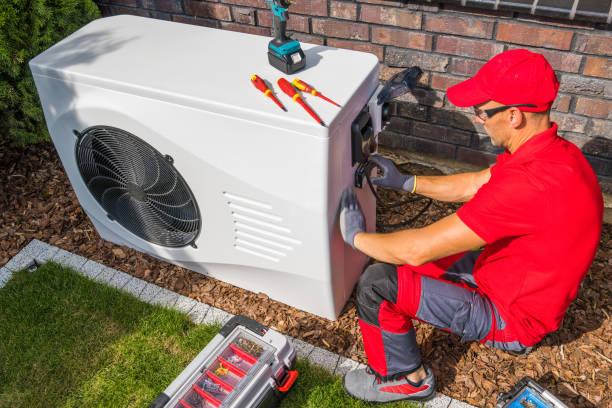
The Role of Technology in Modern Emergency HVAC Services
Advanced technology transforms emergency HVAC service delivery, enabling faster diagnosis and more effective repairs. Smart systems provide early warning of failures, while diagnostic tools accelerate problem identification during emergency calls.
Smart System Monitoring
Wi-Fi-enabled thermostats and system monitors alert homeowners and service providers to developing problems before complete failure occurs. These systems track performance metrics, identifying efficiency losses that indicate impending failures. Some services offer 24/7 monitoring with automatic emergency dispatch for critical issues.
Predictive maintenance algorithms analyze system data, forecasting failure probability based on operational patterns. This technology enables proactive intervention, potentially preventing 40% of emergency failures according to recent studies.
Mobile Technology and Rapid Response
GPS tracking and automated dispatch systems reduce emergency response times significantly. Modern services track technician locations in real-time, dispatching the nearest available professional immediately. This technology cuts average response times by 30-40% compared to traditional dispatching methods.
Mobile apps enable video consultations, allowing technicians to assess situations before arrival. Homeowners can show system conditions, error codes, and damage, helping technicians arrive with appropriate parts and tools. This preparation reduces on-site time and accelerates repairs.
Frequently Asked Questions About Emergency HVAC Repair
What qualifies as a true HVAC emergency requiring immediate service?
True HVAC emergencies include complete system failure during extreme weather (above 90°F or below 40°F), gas leaks, electrical problems with burning smells or sparking, carbon monoxide detector activation, and significant water leaks that risk property damage. These situations pose immediate risks to health, safety, or property, justifying emergency response regardless of time or day.
How quickly should I expect an emergency HVAC technician to arrive?
Professional emergency HVAC services typically guarantee response within 60-90 minutes for critical situations in urban areas like Houston. Response times may extend during extreme weather events when demand peaks, or in rural locations. Services should provide realistic arrival estimates when you call, updating you if delays occur.
Will my homeowner’s insurance cover emergency HVAC repairs?
Standard homeowners insurance rarely covers HVAC repairs from normal wear, age, or maintenance issues. However, coverage may apply if damage results from covered perils like storms, fires, or power surges. Some policies offer equipment breakdown coverage as an add-on. Review your specific policy or contact your insurance agent before assuming coverage.
How much more do emergency HVAC repairs cost compared to regular service?
Emergency HVAC repairs typically cost 1.5 to 3 times standard rates. Diagnostic fees range from $150-300 versus $75-150 during business hours. Labor rates increase 50-100% for after-hours work, with holiday premiums potentially doubling costs. However, preventing property damage or health risks often justifies these premium rates.
Can I perform any emergency HVAC repairs myself?
Limit DIY efforts to basic troubleshooting: checking thermostat settings and batteries, replacing air filters, checking circuit breakers, and clearing visible obstructions from vents or outdoor units. Never attempt repairs involving electrical components, refrigerant, gas connections, or internal system components. These require professional expertise and proper tools for safe, effective repair.
How can I prevent HVAC emergencies from occurring?
Schedule professional maintenance twice yearly spring for AC and fall for heating. Change filters monthly, keep outdoor units clear of debris, monitor system performance for unusual sounds or behaviors, address minor issues promptly before they escalate, and consider upgrading systems over 15 years old. These preventive measures reduce emergency failure risk by up to 75%.
Conclusion: Preparing for HVAC Emergencies
HVAC emergencies strike without warning, but preparation and knowledge transform potential disasters into manageable situations. Understanding what constitutes a true emergency, knowing immediate response steps, and having a trusted 24/7 emergency HVAC service on call provides peace of mind and protection for your family and property. Regular maintenance remains your best defense against emergencies, but when systems fail, professional emergency service ensures rapid restoration of comfort and safety.
The investment in quality emergency HVAC service pays dividends through prevented property damage, maintained health and safety, and minimized disruption to your life. As Houston’s weather continues to challenge HVAC systems with extreme heat, humidity, and occasional cold snaps, having reliable emergency support becomes not just convenient, but essential for modern living.
Don’t wait for an emergency to find help. Save 75 Degree AC’s 24/7 emergency hotline now: (713) 598-2737. When your HVAC system fails, we respond within 60 minutes with fully stocked vehicles and certified technicians ready to restore your comfort. Visit 75degreeac.com/emergency-hvac-service to learn more about our comprehensive emergency services and preventive maintenance plans that keep emergencies at bay.
